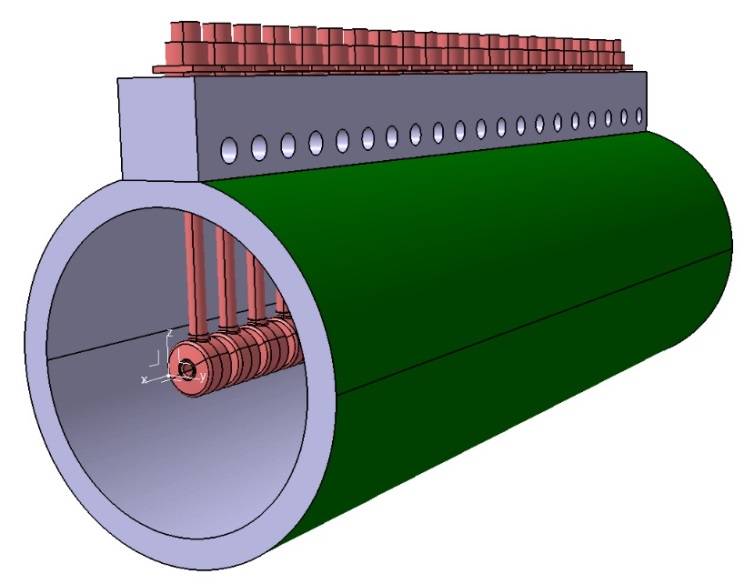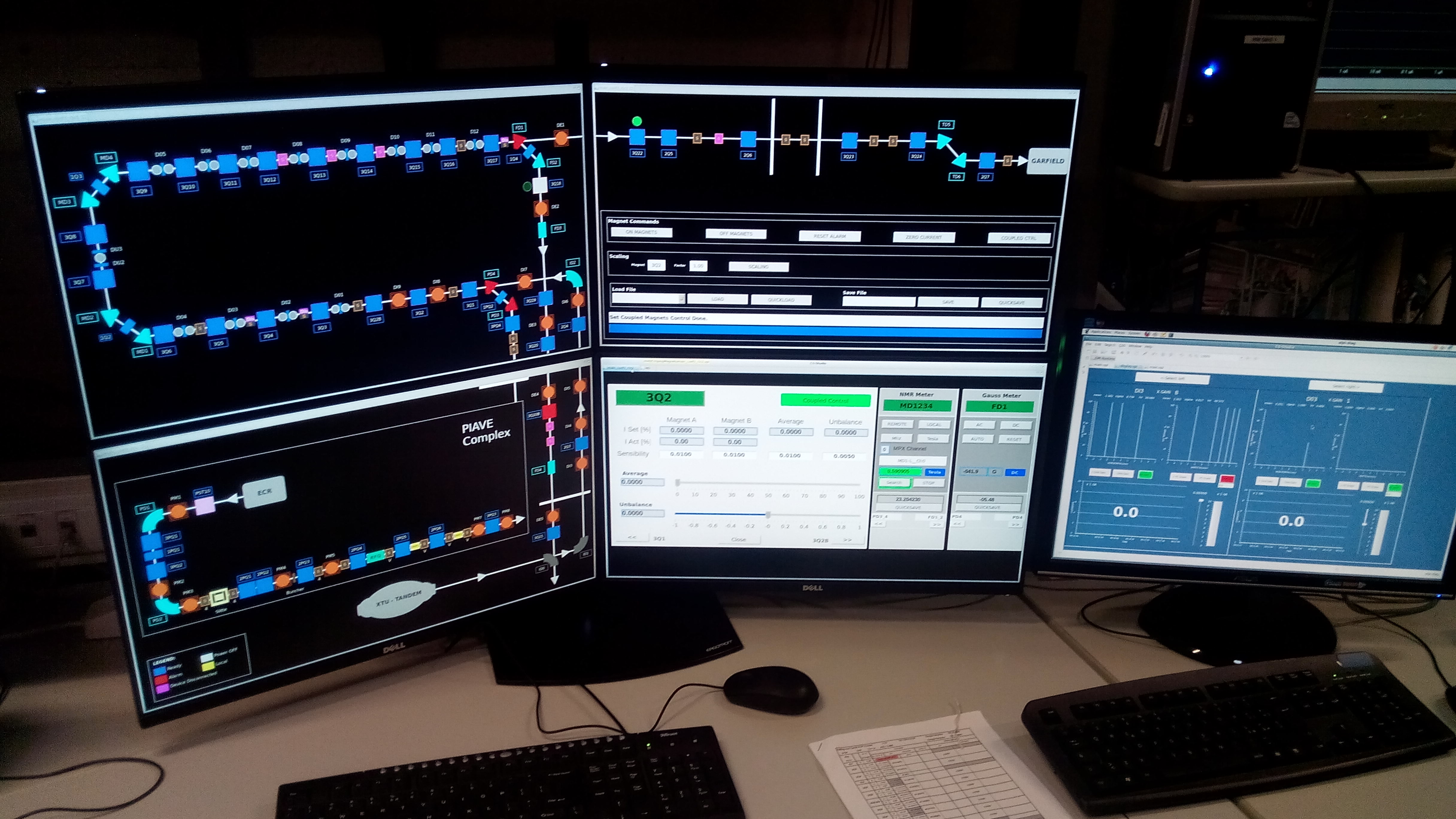
ESS (European Spallation Source) is a multi-disciplinary research facility based on pulsed neutron source and it is currently under construction in Lund, Sweden. The low energy neutron beams that will be made available will allow new experimental opportunities for real time, in situ, in vivo measurements, including measurements of dynamic events at the nanometric scale. From the technical point of view, the project is based on the production of neutrons by the spallation reaction of protons on a rotating tungsten target. The proton pulse on the target will be characterized by an energy of 2.5 GeV, a duration of 2.86 ms and a frequency of 14 Hz (current 50 mA, total power on the target 5MW, peak power 125 MW).
In the project at least 17 European countries are acting as partners in the construction and operation of ESS. The Italian participation in ESS includes the contribution by three institutions: INFN, Elettra Sincrotrone Trieste and CNR.
In particular INFN-LNL is involved, in collaboration with INFN - Torino section, in the design and construction of the DTL (Drift Tube Linac), element composing the Normal Conducting Linac which is required to operate at 352.2 MHz with a duty cycle of 4 % (3 ms pulse length, 14 Hz repetition period) and to accelerate a proton beam of 62.5 mA pulse peak current from 3.62 to 90 MeV. The DTL is made by 5 RF cavities (Tanks) for an overall length of about 39 m. Each Tank is divided in 4 stainless steel Modules, housing the Drift Tubes and the ancillary components.
The DTL accelerating field is around 3.1 MV/m, constant in each tank. Permanent magnet quadrupoles (PMQs) are used as focusing element in a F0D0 lattice. The empty drift tubes accommodate Electro Magnetic Dipoles (EMDs) and Beam Position Monitors (BPMs) in order to implement beam corrective schemes.



The ESS Project has chosen EPICS has control system framework to operate the machine and the entire facility. As consequence, the EPICS group has been involved to design and realize the control system for the DTL apparatus.
According to the techincal documentation provided by the Collaboration, the DTL will be developed splitting the control in different functional sub-systems in order to optimize the integration among the different hardwares used:
| Sub-System | Technology |
|---|---|
| Thermos Sensors | Beckhoff Ethercat modules |
| Tuner Motor System | Beckhoff Ethercat modules |
| Vacuum System | Devices directly interfaced through Serial / TPC-IP |
| Skid System | PLC based control |
| Steering System | Commercial Product interfaced through TCP-IP communication |
| Arc Detector | Custom Electronic Board |
A main Local DTL Orchestration system define the logic required for the control (during tests and final stage) implementing the required closed-loops among the sub-system mentioned and among different accelerator parts. The EPICS software will follow the ESS standards.
In addition, the DTL control architecture will provide the set of services commonly used to realize a standalone control system, such as Alarm Server and Archiver System. This approach, developed through virtualization technology for optimizing costs, power and rack space, let DTL engineers and scientists operate as standalone machine during test and acceptance validation; at the final stage these services will be substituted by the main central ones provided by ESS.









